Are you planning to insulate your basement? You may wonder if adding insulation to your basement makes the house warmer? We're here to give you insight into basement insulation and what it can do to your house. We've researched the answers for you!
Yes, insulating your basement will help keep your house warmer in winter and cooler in summer.
Basements are susceptible to moisture when it's raining or cold outside, which may cause cracks and blisters. Insulation can help heat transfer and restricts moisture from penetrating through the walls.
In this article, we'll take a look at the tools and materials you need to insulate your basement and a step-by-step overview of how to do it. We'll also see how insulation works and whether you should insulate your basement ceiling too. Read on to learn all about it!
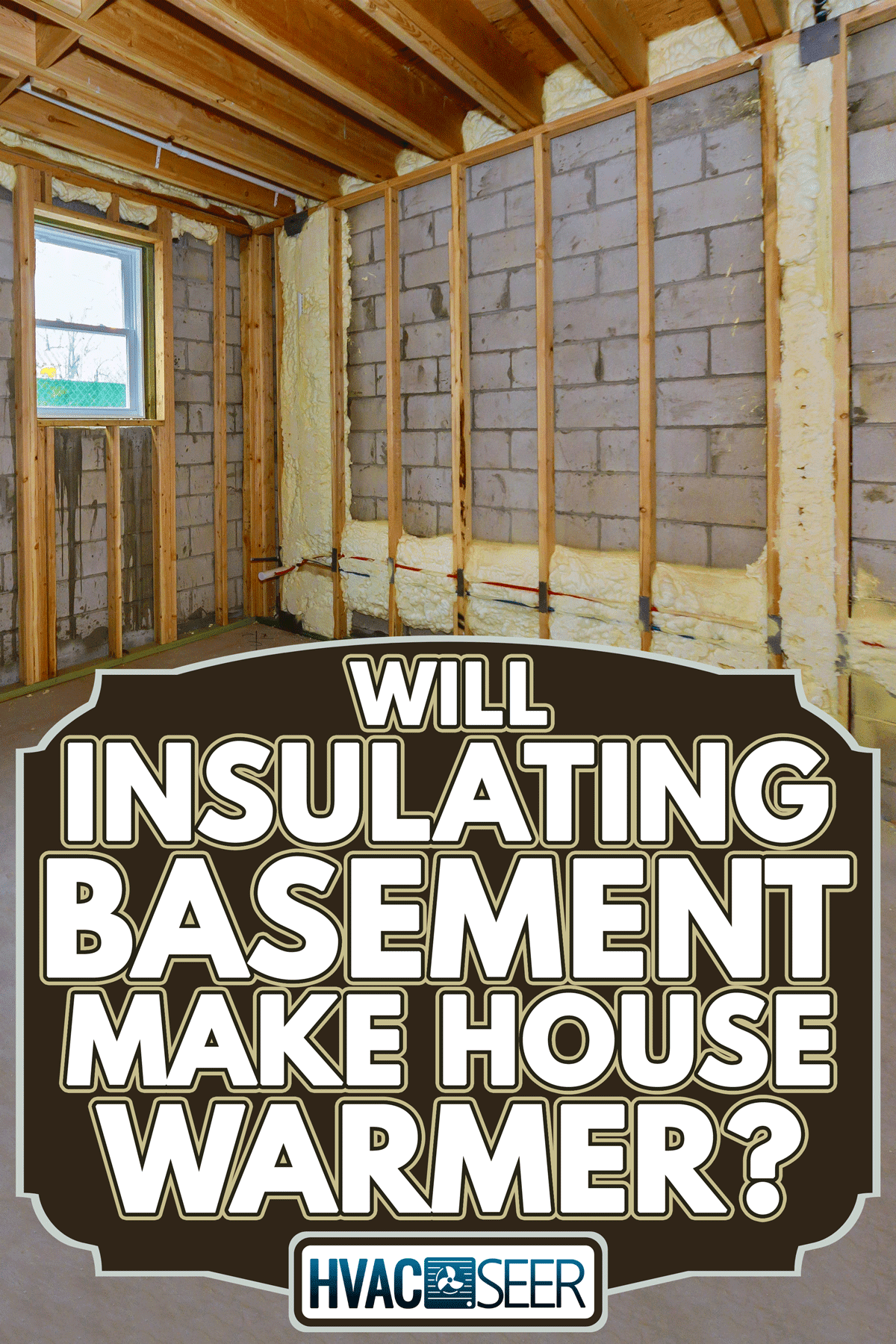
What Type of Insulation is Best for the Basement?
There are many options for insulating your basement, but the best is polystyrene foam combined with fiberglass batt.
If installed correctly, these two layers of insulation can completely block moisture from entering your basement. On its own, polystyrene foam doesn't protect well against water, the layer of batt fiberglass makes up for this shortcoming.
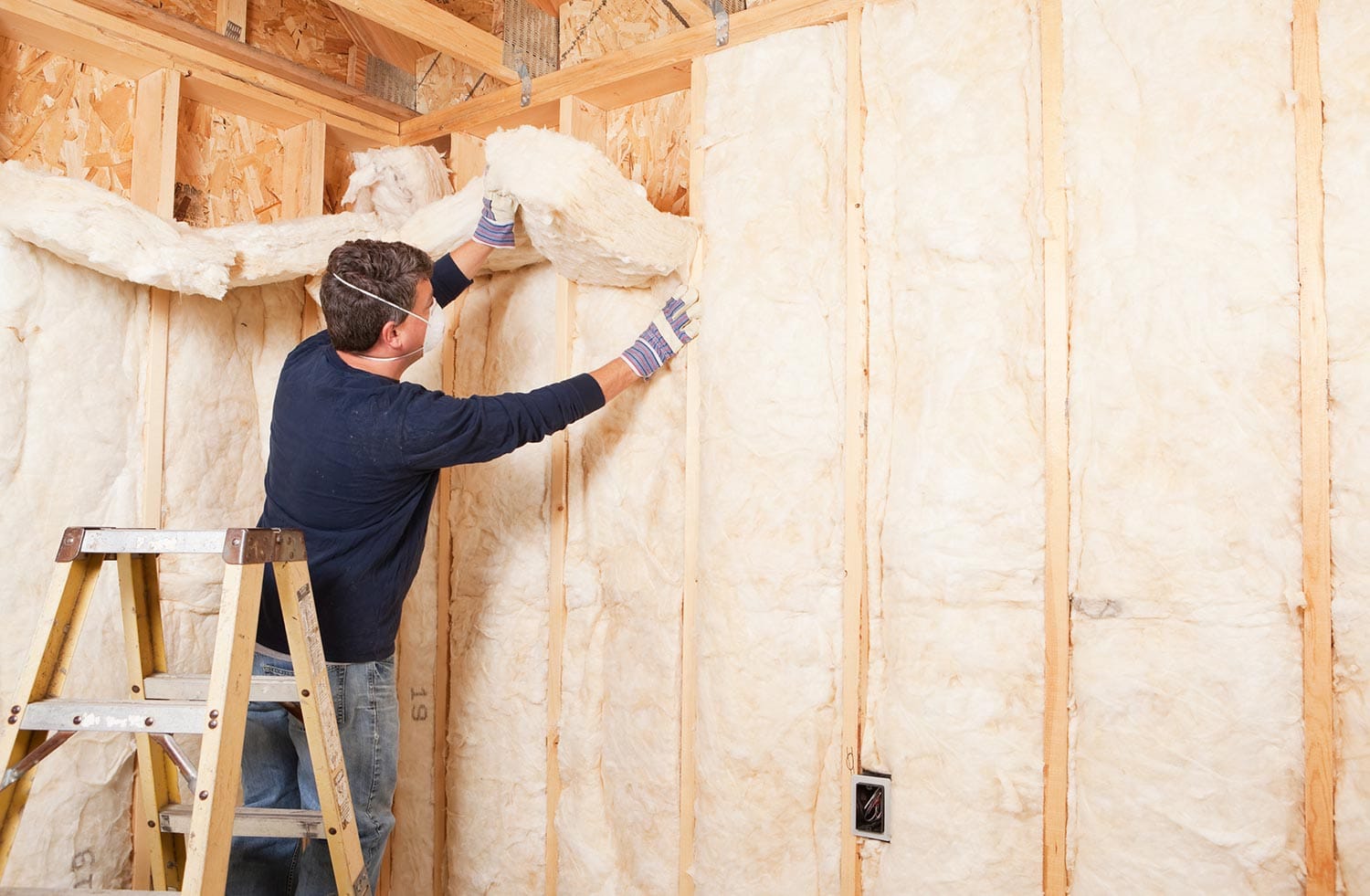
Polystyrene foam insulation is made of rigid foam boards. These foam boards help keep the basement temperature constant despite changes in the soil outdoor.
Polystyrene foam has an R-value ranging from 3.5 to 8.2 for every inch of thickness. Fiberglass batt has an R-value of 3.2 to 6.2 for every inch.
How Thick the Insulation Should Be?
You will want 4 to 15 inches of combined polystyrene foam and batt fiberglass for your basement. The foam should be at least 2 to 3 inches thick, and the batt fiberglass should be the same thickness as the foam.
What do You Need to Insulate a Basement?
Insulating a basement can be easy, as long as you have the correct materials. These are the tools and materials you need to insulate the basement.
Polystyrene Foam
Polystyrene is a harder type of foam made up of lightweight materials like plastic. It is used to insulate surfaces and prevent heat from moving in and out of the room through walls.
Fiberglass Batt
You need fiberglass batt. Most manufacturers sell them in a roll. Always make sure it's dry before buying it.
See this batt fiberglass on Amazon.
Lumber
You'll need lumber to build the frame for the fiberglass insulation. Stick with trusty 2-by-4s with a length suitable for the size of your basement.
Mushroom-Head Anchor Nails
These nails are special because there is an anchor at the end that is crooked to lock and hold the surface. They are referred to as mushrooms due to the circular shape of their heads. These are good for concrete and wooden surfaces. They should be at least four inches long.
See these mushroom head anchor nails on Amazon.
Foam Adhesive Spray
You should use a non-acidic adhesive for the foam to avoid corrosion. Most foam adhesives are available in spray cans for easier use.
See this foam adhesive spray on Amazon.
Double-Sided Wall Tape
Apart from the adhesive spray, you need double-sided wall tape to mount the polystyrene foam. This tape enhances the hold of the foam.
See thid double-sided wall tape on Amazon.
Wood Stapler
You need a stapler to fasten the fiberglass batt onto spruce wood. A regular stapler is not appropriate.
See this wood stapler on Amazon.
Tape Measure
Use a tape measure to estimate how much polystyrene foam and fiberglass batt you need for basement walls. It will also be used for measuring your lumber before cutting it.
See this tape measure on Amazon.
Saw
The polystyrene foam is so hard that you need a saw to cut it. A plain cutter may be hard to use.
See this automatic saw on Amazon.
Utility Knife
You will need a utility knife to cut the fiberglass batt. Avoid using a kitchen knife as the edges may become blunt.
See this utility knife on Amazon.
Electric Box
Don't hide the main electric wires behind the insulation. Instead, use an electric box to designate the wires.
See this electric box on Amazon.
How to Insulate Basement?

Before installing the insulation, make sure to inspect your walls:
- Check for leaks and cracks. Cover them with cement or consult an expert on how to fix them.
- The wires from the upper ground should connect to the basement. Make sure the appliances in the basement reach the power source.
- Ensure the walls are clean to make the wall tape stick better.
If you have the basic tools ready, you can now start installing the insulation. Follow these steps:
- Stick the double-sided tape vertically at least six inches apart all along the wall.
- Spray a foam adhesive on the back of polystyrene foam, then press firmly against the wall.
- Cut the excess edges and corners of the foam to fit your wall.
- Measure the height of the wall and mark the center.
- Nail your first 2-by-4 in the center horizontally. Then overlap more lumber vertically to make grids. Vertical spruce trees should be at least 12 inches apart.
- Cut the fiberglass batt and use a wood stapler to secure it to each grid.
- Mount the electric boxes in the appropriate places.
You have the option of covering the insulation with drywall. , which is waterproof and fire-resistant. Covering can protect your insulation, especially if you have children or pets.
How to Cover Insulation
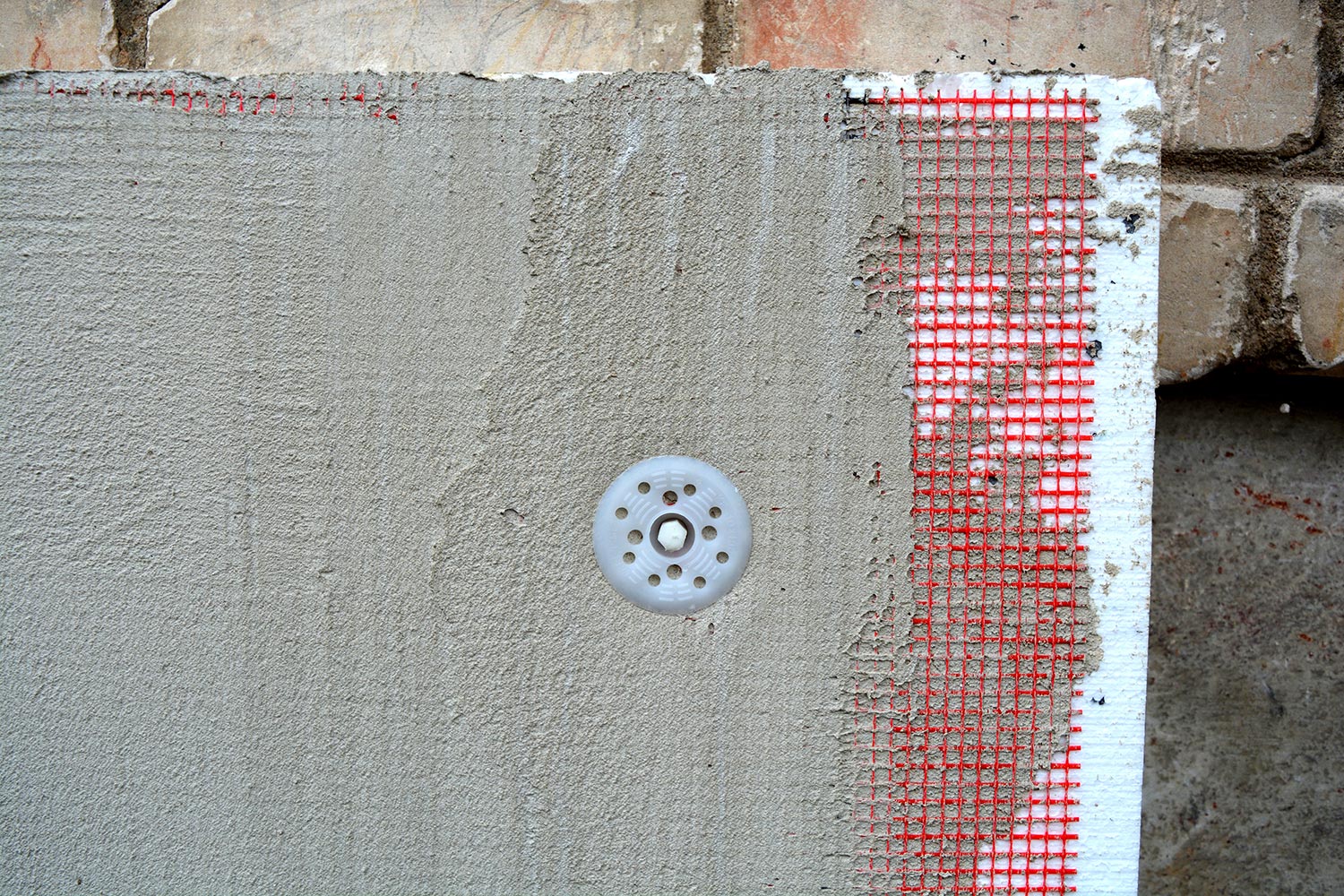
To cover the insulation, you need to prepare the following:
Wire Mesh
Wire mesh is a metallic sheet used to support the cement when applied on the fiberglass batt.
Concrete Mixture
Concrete mixture will act as an adhesive for the gypsum board. It's usually a combination of sand, cement, and water.
See this ready-mix concrete on Amazon.
Drywall
Drywall is a material made of gypsum and paper. Gypsum is a type of mineral made up of calcium sulfate. Gypsum boards are used to add layers and protect the primary walls from damage.
Should you decide to cover the insulation, follow these steps:
- Attach the wire mesh to the fiberglass batt.
- Apply the cement mixture throughout the surface.
- Install the gypsum boards before the cement hardens.
How Long Does Basement Insulation Last?
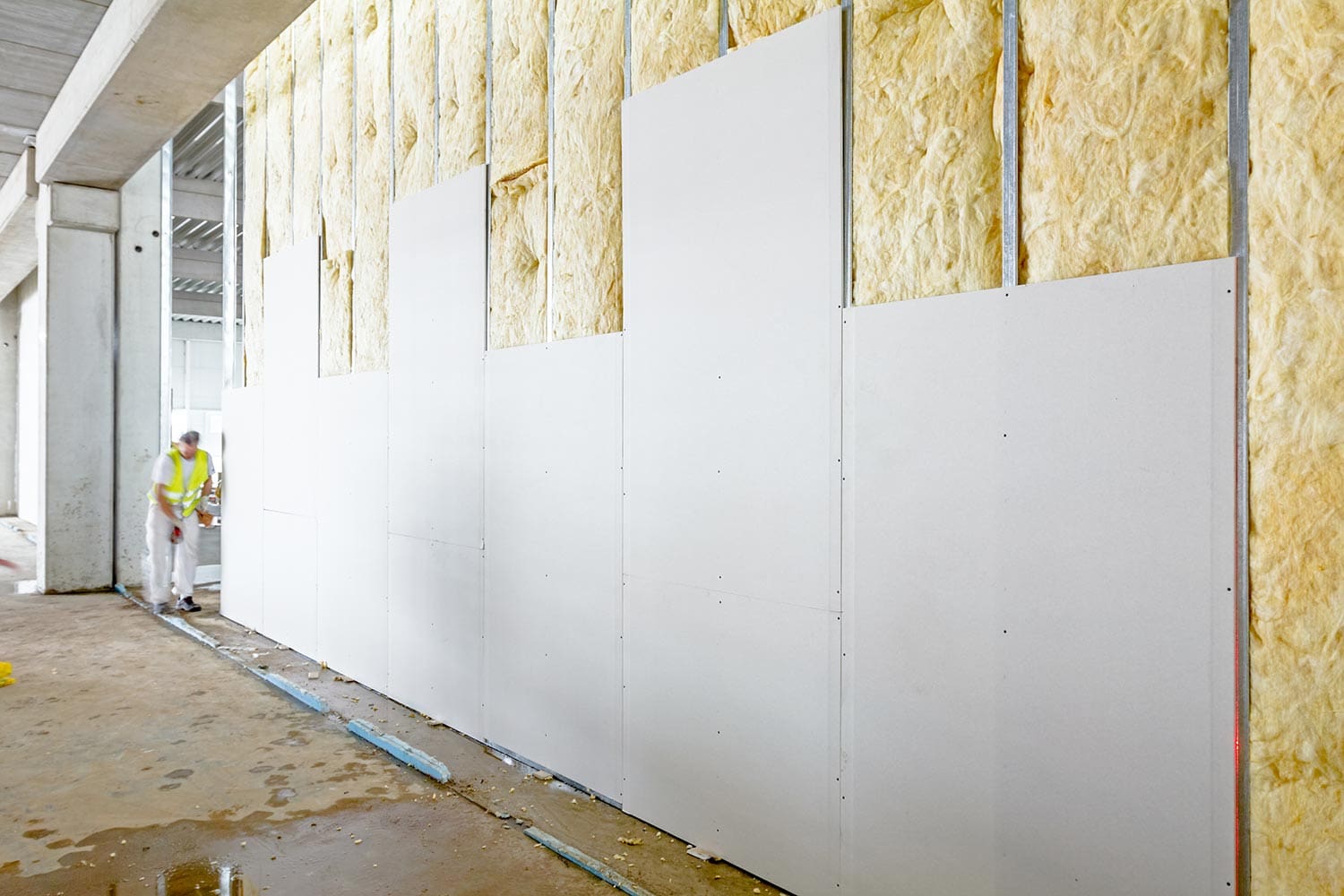
Basement insulation can last anywhere from 60 to 100years. Keep an eye on the insulation for the first two weeks after installation, and act immediately should you notice anything unusual like leaks.
How to Tell If the Insulation Is Successful
It's best to wait for cooler weather or when it rains. The basement should feel warm even if it's cold or raining outside. This is an indication that the insulation is effective.
How Insulation Works
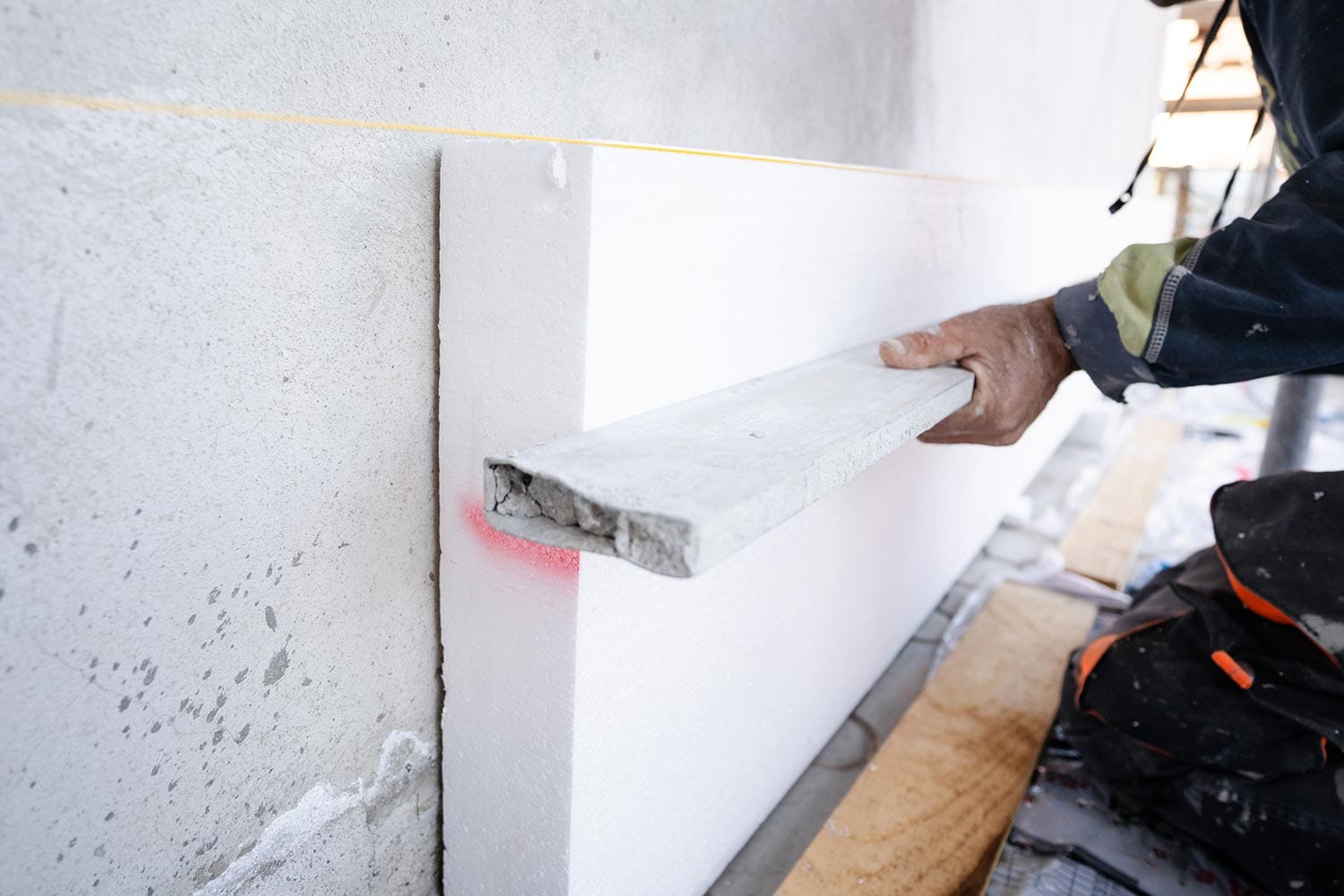
Insulation is traps heat and prevents temperature transfer between the indoors and outdoors. However, that's not all it does! Let's look at how insulation works:
Block Moisture
Insulation can prevent moisture from penetrating through surfaces, like walls. This can keep unwanted moisture and humidity from entering your home. It also helps with maintaining the temperature of your home, as moisture can be a conductor for heat.
Prevent Heat
Insulation can also protect your home from getting too hot. Most homeowners insulate the walls to prevent the external temperature from overheating the room. Insulation reduces the heat transfer between the indoors and outdoors, and vice versa.
Constant Room Temperature

Insulation can help you maintain the desired temperature in your home. It helps to contain indoor air, which is good for preventing the temperature from going beyond tolerable levels, either too hot or too cold.
Room Safety
Insulation can also protect you from sudden temperature changes that may cause health issues such as headaches, including heatstroke, fatigue, and high blood pressure.
Should You Insulate Basement Ceiling?
Yes, you can insulate the basement ceiling. First be sure to check that the ground floor is in good condition, free from damage or leaks.
To insulate the ceiling, you will follow the same steps as for insulating the walls.
Can Insulation Overheat the Basement?
In the summer season, the basement may overheat without proper ventilation. However, insulation can block the heat if there's enough air circulating all over the house.
Does Mold Grow on Basement Insulation?

Most of the time, mold does not grow on insulation. However, exposing the insulation to air, heat, and water can trigger molds to grow. The good thing is that the insulation is on a grid, making it easier to replace.
If you see mold growing on exposed insulation, follow these steps:
- Cut out the insulation grids affected by molds.
- Spray a mold killer on the surrounding grids and on the wood frame.
- Install a new fiberglass batt in the affected spot.
See this mold killer on Amazon.
Conclusion
Insulating the basement can keep the house warm during the cold season. With the correct insulation process, you can enjoy the air safely and comfortably. Just act upon minor issues when you see them.
If you found this article helpful, be sure to check out these related articles:
Can You Drywall Over Radiant Barrier?
Can You Tap Into Existing Ductwork For Basement Heat












